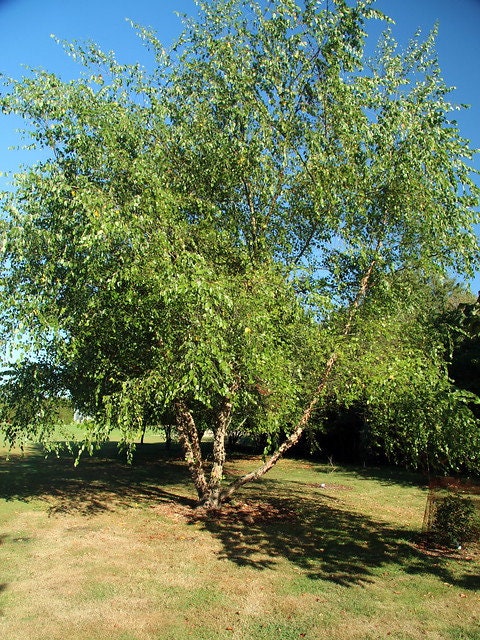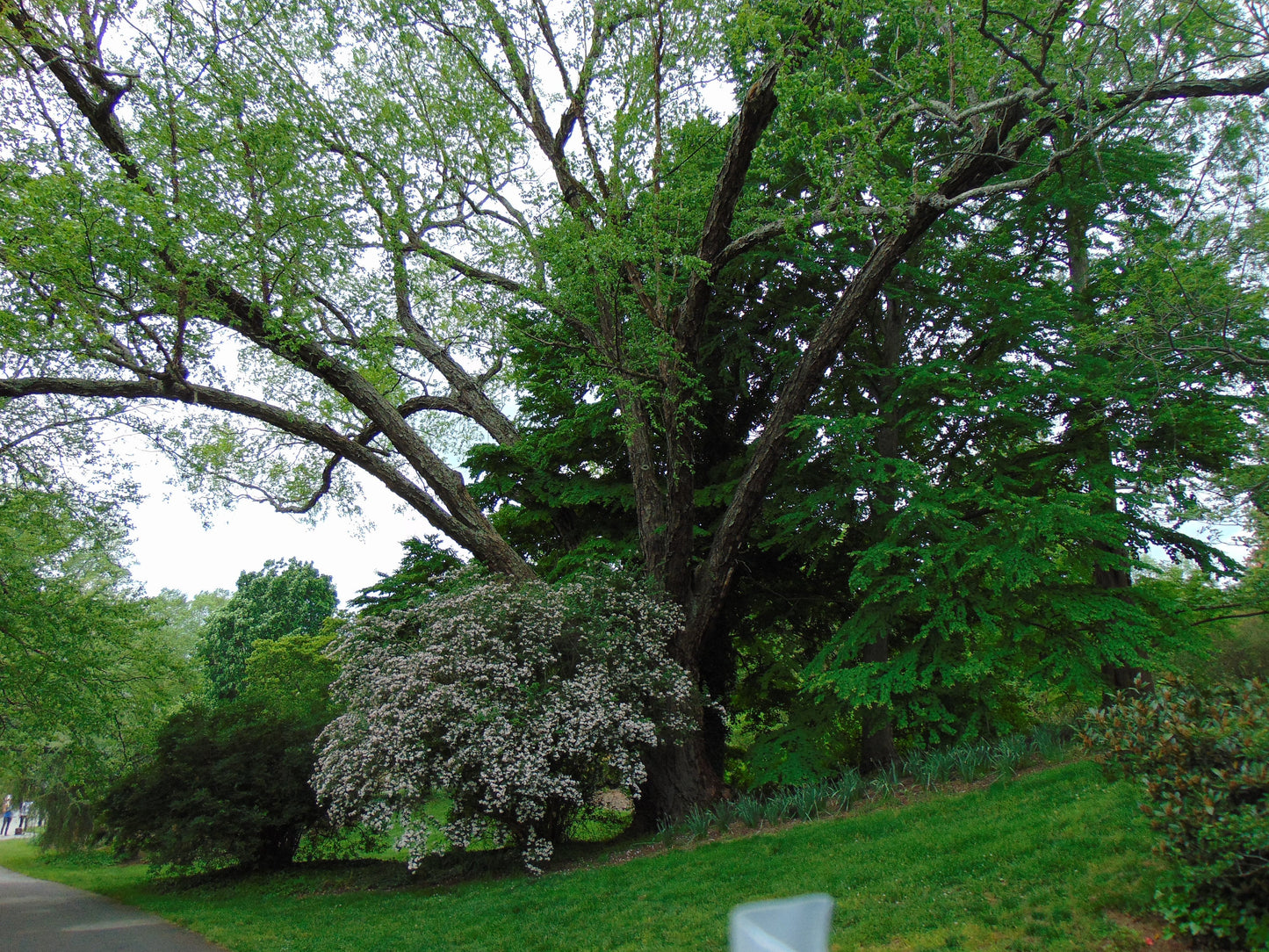R&B Floridaseeds
River Birch Betula nigra 100 Seeds USA Company
River Birch Betula nigra 100 Seeds USA Company
Couldn't load pickup availability
Betula nigra, commonly known as River Birch, is a deciduous tree native to the eastern United States. It belongs to the family Betulaceae and is appreciated for its beautiful peeling bark and attractive foliage. River Birch is a popular choice for landscaping due to its adaptability to a variety of soil conditions and its tolerance to wet or poorly drained soils.
Key characteristics of Betula nigra (River Birch):
Bark: One of the most distinguishing features of River Birch is its unique bark. The bark is papery and peels off in thin, curly strips that range in color from creamy-white to salmon-pink to reddish-brown. This shedding bark provides year-round interest to the tree.
Leaves: The leaves of River Birch are alternate, simple, and diamond-shaped with serrated edges. They are medium to dark green during the growing season and turn yellow in the fall before dropping.
Size: River Birch is a medium to large-sized tree, typically reaching heights of 40 to 80 feet (12 to 24 meters) in cultivation, but can sometimes grow even taller in the wild.
Flowers and Fruit: The tree produces inconspicuous flowers in early spring, with male catkins hanging down and female catkins upright. After pollination, female catkins develop into small, winged nutlets that disperse in the wind during late summer or early fall.
Environmental Tolerance: River Birch is highly adaptable and can grow in a wide range of soil types, including clay and loam. It is also more tolerant of wet soils compared to many other birch species, making it a suitable choice for areas with periodic flooding or poor drainage.
Growing Conditions: River Birch thrives in full sun to partial shade. While it prefers consistently moist soil, once established, it can tolerate short periods of drought. Proper watering is crucial during the early stages of growth to help the tree establish a strong root system.
Landscape Use: River Birch is often used in landscaping as a specimen tree, along riverbanks, or in naturalized areas. It provides visual interest throughout the year and attracts wildlife like birds and butterflies.
Growing Instructions for the River Birch
The seeds need to be planted when received or stored in a refrigerator until they are planted. The seeds have a period of dormancy and need to be cold stratified to break their dormancy. The seeds are stored in a refrigerator so they have already been stratified. The seeds need to be planted when received or stored in a refrigerator until they are planted. 1. Soak the seeds in water for 24 hours. 2. The seeds like moist, well-drained soil. Prepare a mixture of half potting soil and half sand, perlite or vermiculite. Put the soil in a pot. 3. Sow the seeds on the soil. 4. Cover the seeds with a thin layer of soil. 5. Water the soil so that it is moist but not wet. The seeds start to germinate in a few weeks. 6. When the seedlings are a few inches tall, they can be transplanted.
Materials
Materials
Shipping & Returns
Shipping & Returns
Dimensions
Dimensions
Care Instructions
Care Instructions
Share










